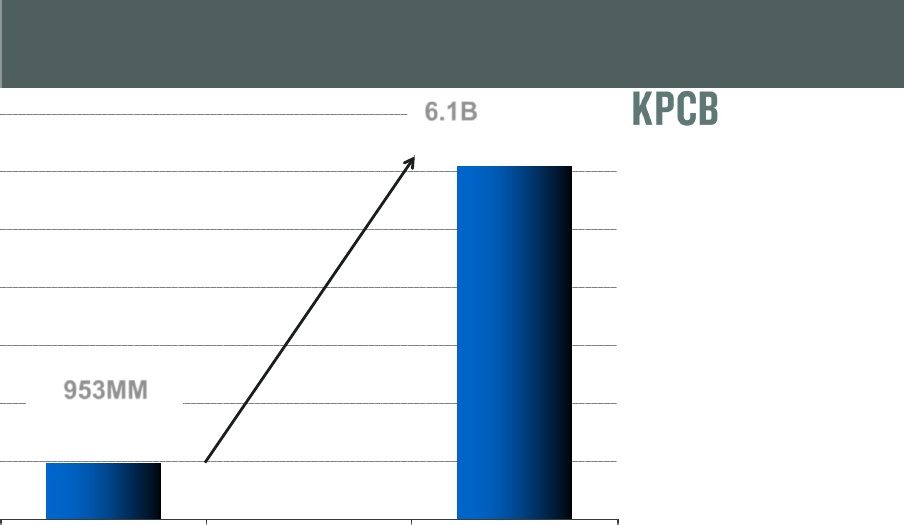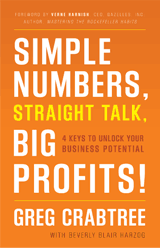I have written many blogs, and for the most part, I talk about the opportunities in the marketplace, the people, the freedom, the places, and the experiences of being an entrepreneur. Rarely have I discussed the struggle and how being an entrepreneur can be downright difficult at times. This is part of the environment that you take up when you choose or, for some, are forced into this path. The allure of the business owner draws you in, but are you prepared for the reality that will inevitably follow?
Ben Horowitz, with the venture capital firm Andreessen Horowitz, reminded me of this in his recent blog entitled “The Struggle.” Yes, this is the same firm co-owned by Marc Andreessen, who started Netscape, which introduced one of the  original web browsers. It is the same firm that invested $250,000 into Instagram and walked away with $78 million two years later.
original web browsers. It is the same firm that invested $250,000 into Instagram and walked away with $78 million two years later.
You might think there isn’t much to struggle over as a successful business owner, but in reality, in order to get to that success, you experience “The Struggle.” This is a world that is dark and difficult, and it is one with which I am familiar, as are most entrepreneurs that have achieved any level of success.
Some of the comments that really resonated with me are as follows:
The Struggle is when you wonder why you started the company in the first place.
The Struggle is when you are having a conversation with someone and you can’t hear a word that they are saying because all you can hear is The Struggle.
The Struggle is when you want the pain to stop. The Struggle is unhappiness.
The Struggle is when you are surrounded by people and you are all alone. The Struggle has no mercy.
The Struggle is not failure, but it causes failure. Especially if you are weak. Always if you are weak.
The Struggle is where greatness comes from.
This is not a good place to be and can bring down the best of them. I have been there before and have even felt it recently. The economy and world situations are causing many to be in The Struggle. Business is not easy, and most are reluctant to spend when they can’t see past all the doom and gloom.
Ben explains that there are no answers to The Struggle, but he discusses several things that have helped him move forward. Share some of the burden; don’t put it all on your own shoulders. Realize that it will not upset your people more than you because nobody feels the effects more than the person most responsible. We both think that getting the most brains on the problem, the better. Remember collective intelligence.
This is a chess game and one that is multidimensional. You always have a move even when you don’t think there is one. Ben says to focus on the road like they teach you when driving a racecar because if you look at the wall, you will drive into it. You go where you are focused.
Another key philosophy Ben and I share: Stay in the game long enough, and you might get lucky. To say it another way, in the technological world in which we live, the answer that seems impossible today may turn up tomorrow if you stick around.
One thing that helps me is to stay present. This is not easy to do, but I find when I focus on my mistakes (and in the past, there have been many) or try to deal with what might come up in the future, I have removed myself from knowing that everything is alright in this moment. I think you are more open to the answers the universe brings you when you are right here right now, rather than when you are looking back or forward.
All the best deal with the Struggle. Remember, that is where greatness comes from.
 When you think about it, you’ll find this is so relevant to how we approach most of what we do, especially if we are business owners. Aren’t these the things that really motivate us to take action? If someone is coming into your business and says they can really save you a lot of money, does this not peak your interest? If they tell you their new widget will increase your sales by 10%, wouldn’t your eyes leave your computer screen and look them in the eye?
When you think about it, you’ll find this is so relevant to how we approach most of what we do, especially if we are business owners. Aren’t these the things that really motivate us to take action? If someone is coming into your business and says they can really save you a lot of money, does this not peak your interest? If they tell you their new widget will increase your sales by 10%, wouldn’t your eyes leave your computer screen and look them in the eye?






